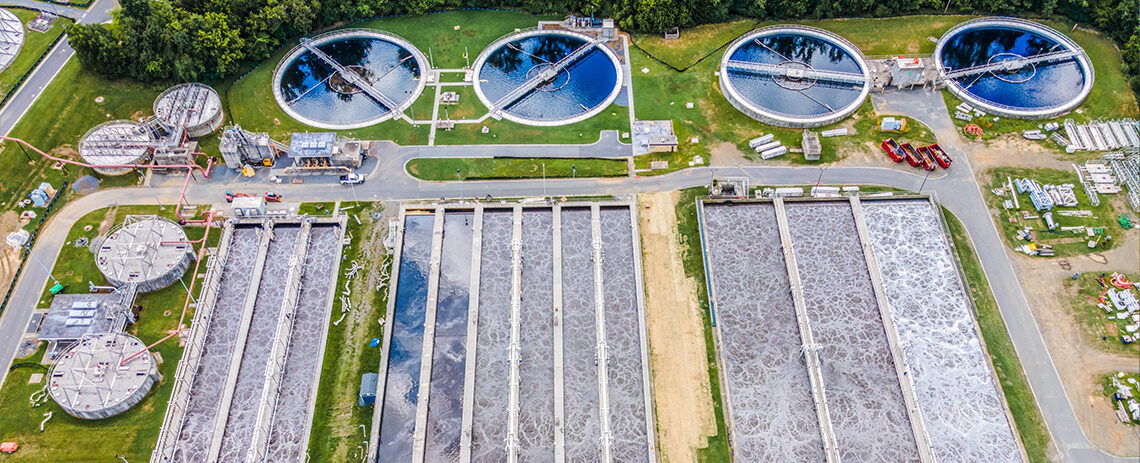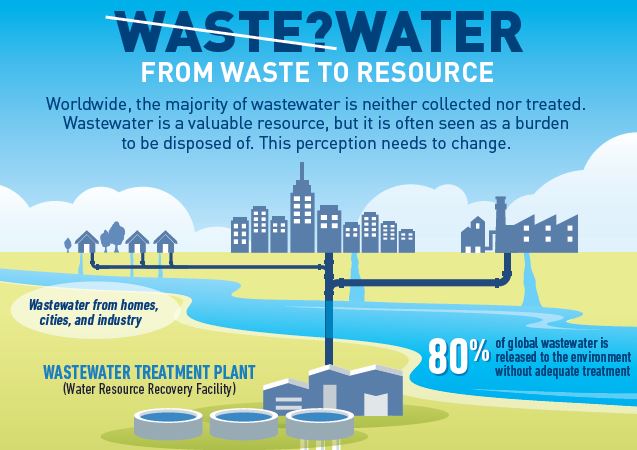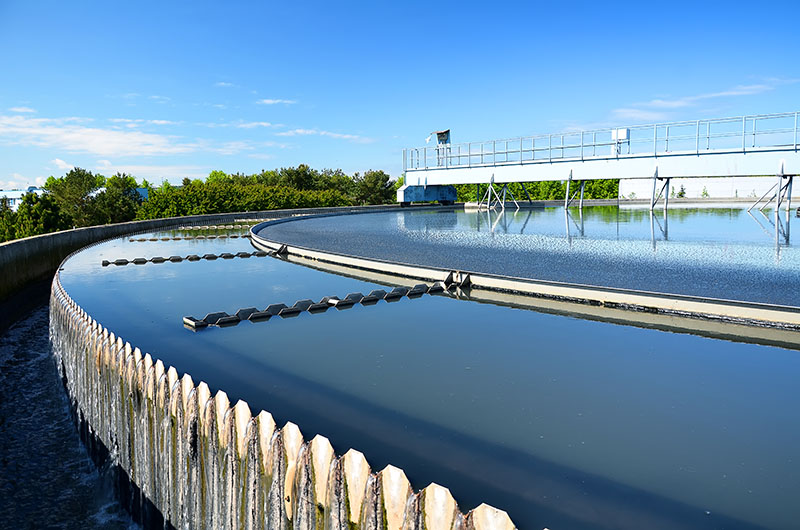Tips to Reduce Your Footprint with Proper Wastewater Disposal
Tips to Reduce Your Footprint with Proper Wastewater Disposal
Blog Article
Recognizing Wastewater Therapy Processes and Their Environmental Influence
The complexities of wastewater treatment processes play a pivotal role in mitigating environmental difficulties connected with water pollution. Each stage, from initial to sophisticated treatments, is developed to deal with particular pollutants, eventually securing both public health and wellness and aquatic communities.
Overview of Wastewater Therapy
Just how is wastewater transformed right into a risk-free resource for the environment? Wastewater therapy is a critical procedure created to eliminate contaminants from made use of water, therefore guarding public wellness and securing communities. This procedure starts with the collection of wastewater from domestic, commercial, and industrial sources, which is then directed to therapy facilities.
At these centers, various physical, chemical, and biological approaches are employed to deal with the wastewater. Ultimately, biological treatments, such as turned on sludge processes, use microbes to break down natural issue.
The treated effluent can be safely discharged right into natural water bodies or reused for watering and commercial purposes, promoting source conservation. Additionally, the treatment procedure creates biosolids, which can be repurposed as fertilizers or soil changes, better enhancing sustainability.
Stages of Treatment Processes
The wastewater therapy procedure commonly contains 3 key phases: preliminary, primary, and secondary treatment. Each phase offers a distinctive duty in minimizing the pollutant load and making sure the effluent meets environmental requirements prior to discharge.

The primary treatment stage concentrates on the physical separation of suspended solids from the wastewater. With sedimentation, larger fragments resolve at the base of sedimentation containers, forming sludge, while lighter products, such as oils and greases, float to the surface and are skimmed off. This procedure considerably reduces the organic and inorganic lots in the wastewater.
Additional treatment is an organic procedure intended at more lowering the focus of natural issue. This stage is important for attaining the required biochemical oxygen need (BODY) reduction, ultimately leading to cleaner effluent all set for discharge or more treatment.

Advanced Treatment Technologies
Adhering to the additional therapy processes, advanced therapy modern technologies play an important duty in more enhancing the high quality of treated wastewater. These technologies are created to get rid of recurring pollutants that are not efficiently removed during key and second therapies, making certain the effluent satisfies stringent regulative criteria.
Amongst the widely used sophisticated treatment approaches are membrane layer filtration, reverse osmosis, and progressed oxidation procedures. Membrane layer purification, consisting of microfiltration and ultrafiltration, is efficient in dividing fine particles, pathogens, and colloids from the water (Wastewater). Reverse osmosis uses semi-permeable membrane layers to get rid of liquified solids, causing top quality water ideal for various applications
Advanced oxidation procedures (AOPs) use solid oxidants to degrade natural toxins, including drugs and personal care products that are resistant to standard therapy. These techniques enhance the biodegradability of complex compounds, facilitating their removal.
One more substantial modern technology is the use of biological nutrient removal processes, which specifically target nitrogen and phosphorus, stopping eutrophication in obtaining water bodies. Generally, innovative treatment technologies are crucial for accomplishing greater levels of purification, advertising water reuse, and guarding public health while resolving the difficulties related to wastewater administration.
Ecological Advantages of Treatment
Numerous ecological advantages occur from reliable wastewater treatment procedures that add to ecosystem health and sustainability. Largely, these processes considerably decrease the launch of dangerous pollutants into natural water bodies, which helps maintain aquatic ecosystems. By getting rid of pollutants such as heavy steels, nutrients, and microorganisms, dealt with wastewater minimizes the danger of waterborne illness and advertises biodiversity in aquatic settings.
Additionally, wastewater treatment facilities often utilize innovative innovations that make it possible for water recycling and reuse. This method not only preserves fresh water sources but likewise lowers the need on all-natural water like this supplies. Improved nutrient check that elimination from wastewater can likewise stop eutrophication, a procedure that causes algal blooms and subsequent oxygen deficiency in aquatic systems.
In addition, efficient treatment processes can decrease greenhouse gas exhausts, specifically methane and laughing gas, which are commonly released throughout unattended wastewater decomposition. By recording and utilizing biogas from anaerobic digesters, centers can transform waste into sustainable power, thus adding to a reduction in fossil gas dependency.
Difficulties and Future Fads
While the environmental advantages of wastewater treatment are clear, a number of obstacles persist that impede optimum outcomes in this field. One significant concern is aging facilities, which usually results in inadequacies and raised operational expenses - Wastewater. Lots of therapy plants were read the full info here designed decades back, and their capacities do not straighten with modern-day demands, that include stricter regulative criteria and greater quantities of wastewater due to urbanization

Looking in advance, there is an expanding emphasis on source recuperation and circular economy concepts within wastewater treatment. Innovations such as anaerobic food digestion, which can create biogas, and advanced purification innovations are acquiring grip. These techniques not only boost treatment performance yet additionally promote sustainability.
Eventually, attending to these challenges calls for partnership among stakeholders, financial investment in innovation, and a dedication to continuous research study. By welcoming these patterns, the wastewater therapy market can evolve to satisfy the demands of an altering environment and society.
Verdict
To conclude, wastewater therapy processes play a crucial role in improving environmental high quality and public wellness. The multi-stage treatment structure, coupled with sophisticated modern technologies, successfully mitigates contamination and advertises sustainable water administration. By resolving residual pollutants and decreasing nutrient overflow, these procedures add to the conservation of aquatic environments and the decrease of greenhouse gas emissions. Continued improvements and adjustments in treatment methods will be crucial for getting over arising obstacles and guaranteeing the sustainability of natural sources (Wastewater).
Report this page